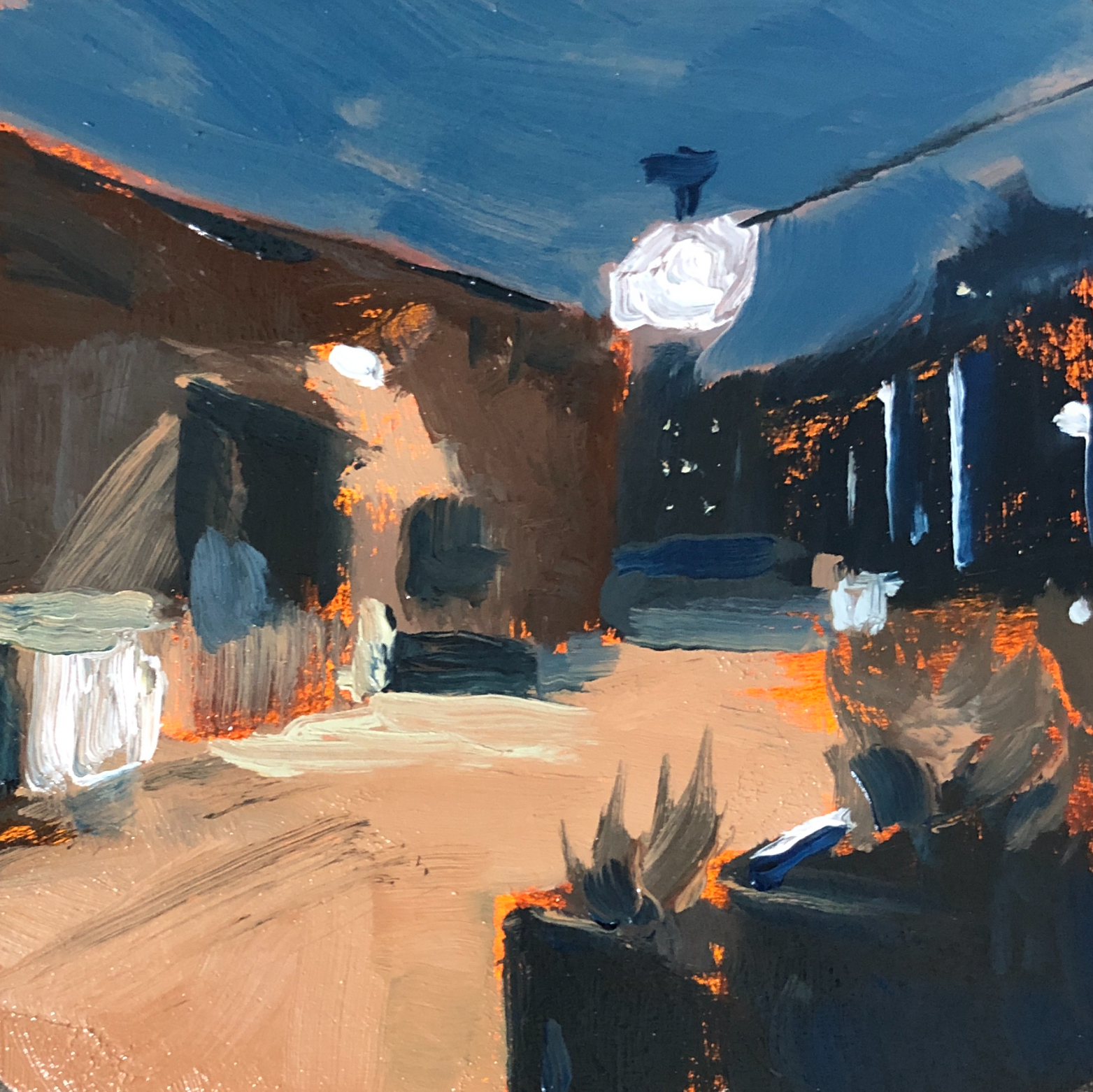Today we will examine some tips to make drawing easier and why it is so darn difficult.
At its core drawing is really just measuring. A human head has a precise height and width. So why is it so darn hard to get accurate?
This is because real people, places, and things aren’t defined by sharp lines—they are fuzzy and curvy. Here are a few tips to get around this conundrum.
First, it’s helpful to see the world in terms of geometric shapes, like triangles, squares, and circles. If you can find these big shapes first, it makes it easier to get proportions correct.
For example, many artists learn figure drawing by using cylinders for arms and boxes for hips. From there you can model more details onto the body. These simple shapes help get overall proportions correct.
In portraits, there are a lot of curves and soft edges, which can make it very difficult to get measurements. To get around this, it’s helpful to break a portrait down into straight lines.

I know what you’re probably thinking: Thanks, Captain Obvious, but how do I know where to put a line on a soft edge? The answer: You guess.
The point isn’t to get it perfectly accurate from the start. You get it as close as possible and then make minor adjustments as you proceed through the drawing.
The straight lines also help you slowly develop curves. If you start with large shapes and straight lines, you can slowly refine them until you arrive at something close to a curve.
Then you can draw a confident curve with one stroke because you now know exactly where it is.
For portraits, it’s helpful to use plumb lines, lines that help you align two or more spots vertically or horizontally.
For example, the pupils usually line up with the corners of the mouth. And the inside corners of the eyes usually line up with the outside of the nostrils.
The takeaway from all this is that it helps to start with very simple shapes and lines and refine them into more complex lines and shapes.
This certainly isn’t the only way to start drawing nor is it a way to draw forever. But it can help if you are struggling with proportions.
Eventually artists develop their own method for drawing. As long as you are getting the results you want, it doesn’t matter that much how you get there.
Do you start with straight lines? Let me know in the comments. I would love to chat with you. 🙂
Stop back tomorrow, and everyday, for more painting and drawing tips.
Stay inspired,
Bry

